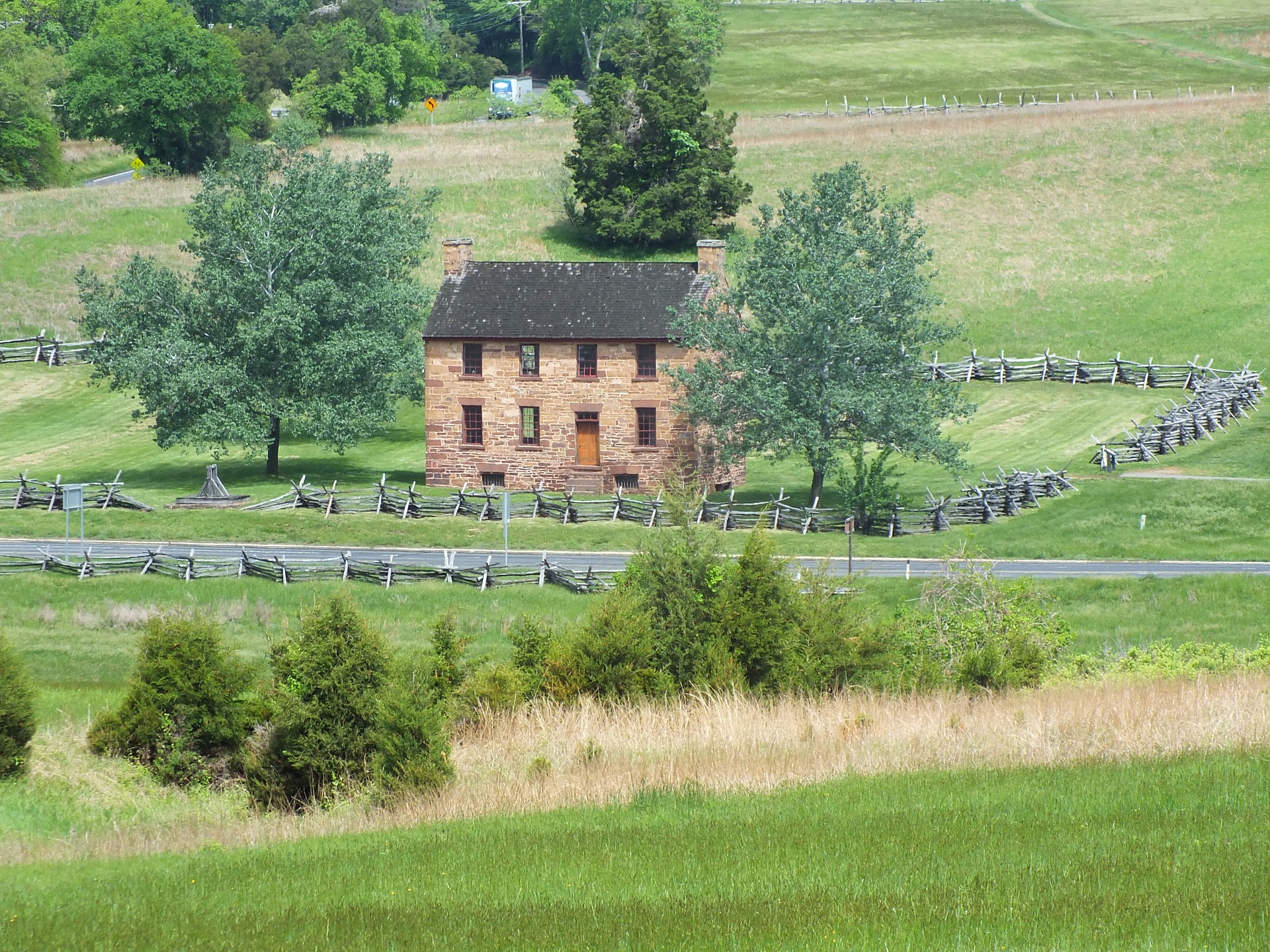The Essential Guide to Creosote Chronicles in Manassas, VA
Creosote is a by-product of wood burning, which often accumulates in chimneys, posing a significant fire hazard. Understanding creosote and how it builds up in your chimney is crucial to maintaining a safe and efficient fireplace. This guide will provide you with an in-depth understanding of creosote, its dangers, and how to manage it, focusing particularly on the residents of Manassas, VA.
Creosote Chronicles: Understanding Creosote
Creosote is a dark brown or black flammable tar deposited from especially wood smoke on the walls of a chimney. It is a combination of soot, smoke, wood particles, tar fog, and other residuals that come from burning wood. As these substances exit the fireplace or wood stove, they flow up into the relatively cooler chimney where condensation occurs. Over time, this leads to the buildup of creosote.
Creosote is categorized into three stages. The first stage, also known as soot, is easier to clean as it is dust-like and can be brushed away. The second stage creosote is often crunchy and has a shiny appearance due to tar coating, making it more challenging to remove than first stage creosote. Lastly, stage three creosote, also known as glazed creosote, is the most dangerous. It is highly concentrated and extremely difficult to remove, often requiring professional intervention.
The Dangers of Creosote
Creosote buildup constitutes a significant fire hazard. When it builds up in large amounts and becomes too thick, a simple spark can ignite it, causing a dangerous chimney fire. Aside from the fire risk, creosote can also produce a strong, unpleasant odor, particularly during the hot summer months.
Moreover, creosote can impair the functionality of your chimney, causing a reduction in the draft needed by the fireplace for proper combustion. This could lead to the release of harmful gases, including carbon monoxide, into your home.
Managing Creosote in Manassas, VA
Residents of Manassas, VA, often enjoy the cozy warmth of a wood-burning fireplace during the cold winter months. However, this regular use of fireplaces increases the risk of creosote buildup. Thus, it is essential for homeowners to be aware of creosote management, which primarily involves regular cleaning and inspection, safe burning practices, and, when necessary, professional services.
Regular Cleaning and Inspection: Having your chimney inspected and cleaned regularly is the first line of defense against creosote buildup. It is recommended to have an inspection at least once a year. This could be increased depending on your frequency of fireplace use.
Safe Burning Practices: The type of wood you burn can significantly affect the amount of creosote produced. Hardwoods such as oak, ash, or maple are recommended as they burn hotter and produce less creosote compared to softwoods. Ensuring the wood is well-seasoned and not wet also reduces creosote levels.
Professional Services: When creosote buildup becomes severe, professional intervention is necessary. For residents in Manassas, VA, A&T Chimney Sweeps fireplace, furnace, dryer vent, gutter cleaning and repair services offer comprehensive solutions. Their skilled team ensures that your chimney is clean and safe, providing you with peace of mind.
FAQs
Q: How often should I clean my chimney?
A: The National Fire Protection Association recommends that homeowners should have their chimneys inspected at least once a year and cleaned as necessary.
Q: What are the signs of creosote buildup?
A: Signs of creosote buildup include reduced drafting in the fireplace, visible soot in the fireplace and chimney, a strong, smoky odor, and in severe cases, a black, tar-like substance dripping down the chimney.
Q: Can I clean creosote myself?
A: While light, first-stage creosote can be cleaned by homeowners, it is recommended to hire professionals like A&T Chimney Sweeps for a thorough and safe cleaning, especially for second and third stage creosote.
Q: Is burning hardwood better than softwood?
A: Yes. Hardwoods like oak, ash, or maple burn hotter and produce less creosote compared to softwoods.
In conclusion, understanding and managing creosote is crucial for maintaining a safe and efficient fireplace. Regular inspections, safe burning practices, and, when necessary, professional chimney cleaning services, are the keys to keeping your home safe and warm. For the residents of Manassas, VA, A&T Chimney Sweeps provides reliable services to ensure your chimney remains creosote-free.








